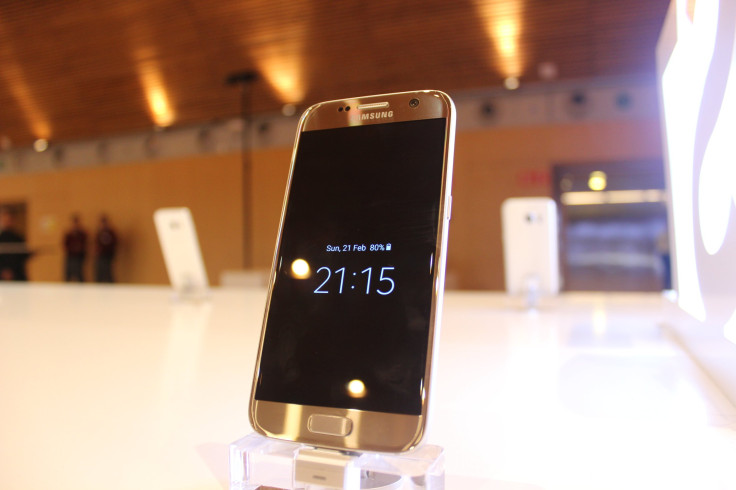Amid suggestions of a second recall for the Galaxy Note 7 and opinions Samsung should scrap efforts to try and salvage the device, rumors about the Galaxy S8 have surfaced, indicating the 2017 flagship will include features to compete against the iPhone 7 and other smartphones, such as the Xiaomi Mi 5s .
Reports out of Korea suggest Samsung may rid the Galaxy S8 of a primary feature found on all prior iterations, it’s home button. The home button typically provides a shortcut for users to return to a device’s home screen, and for devices like many in the Galaxy S smartphones, house the fingerprint scanner. However, if the Galaxy S8 did lose it’s home button, Samsung could possibly use a new mechanism for tactile authentication; having the device’s entire display serve as a fingerprint scanner, according to ET News.
Biometrics developer, Synaptics spoke with iDigitalTimes about advancements in the market, which would allow manufacturers to place sensors anywhere on a device, including inside its display, to facilitate fingerprint authentication. Chinese manufacturer Xiaomi recently introduced such a feature on the Mi5s smartphone, which it calls an “ultrasonic” underglass fingerprint scanner.
If reports are true, Samsung could transition into the on-screen home button model, used on many devices, such as the HTC 10 and the Nexus 6P, in lieu of a functional home button. Removing the additional home button function from the fingerprint scanner can possibly improve the quality of the biometrics option.
The Galaxy S8 may also feature a dual-lens camera, similar to the camera setup found on the iPhone 7 Plus. Long standing rumors have suggested the Galaxy S8 may have a dual-camera setup with one 12-megapixel lens and one 12-megapixel lens. Such a setup allows users to capture different bokeh effects, which lets users control the depth-of-field in a photo for aesthetic purposes. All claims about the Galaxy S8 have yet to be confirmed.
Other rumors surrounding Galaxy s8 features include a 4K display, USB Type-C and compatibility with Google’s Daydream protocol.

















